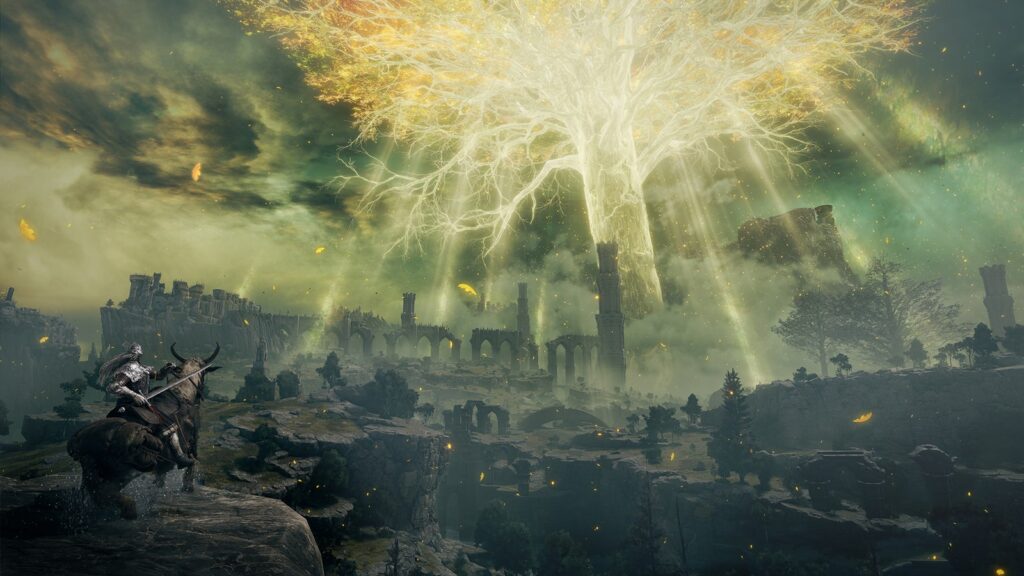Shared from www.wired.com
For 13 years, FromSoftware has essentially been making the same game: the six titles that comprise the Soulsbourne series, a series of third-person fantasy role playing games. Each has its strengths. Demon’s Souls, the first, was the wildest in its invention; Dark Souls featured the most intricate world. Dark Souls 2, often maligned, deserves rehabilitation for its dizzying array of character builds. Dark Souls 3 had the finest, most monstrous bosses. Sekiro, released in 2019, was the furthest departure, but introduced stealth and clean, rhythmic combat. Until now, Bloodborne, released in 2015, had represented the finest combination of the other games’ sensibilities and mechanics.
Elden Ring, released on Friday, builds on the strengths of its predecessors in ways that will thrill longtime fans and convert new players. This is a game that could not have been made on the first attempt. It’s the culmination of everything the studio has been working towards, the best game they have ever made and, in my opinion, one of the best games of all time.
At the game’s opening, you craft a hideous looking character—in keeping with the series tradition—and escape a small cave, learning swordplay, shield-blocking and magic along the way. Debouching into a glorious vista of green hills and golden trees, a masked man accuses you of being “maidenless” and suggests you “go and die and in a ditch.” As you walk down the stone steps toward the forest, an 8-foot golden knight on horseback immediately brutalizes you.
Your journey into one of the great game worlds—a blend of European medieval architecture and Japanese folklore, heavily influenced by the manga Berserk, by Kentaro Miura, and for this entry, suggestions by George R.R. Martin—has begun. Previous entries were deceptively linear: each area, be it a forest, castle or swamp, threaded together via narrow paths that propelled the player forward, or occasionally back on themselves. Like Breath of the Wild did for the Legend of Zelda franchise, Elden Ring reimagines Dark Souls in an open world. I replayed Dark Souls 3 in preparation for this review, and while it retained much of its charm, after 100 hours its linearity starts to chafe; I’ve spent 50 hours exploring The Lands Between, and I still have no sense of their circumference.
This is a world for losing yourself in, among the storm-wracked hills and sorcerer’s towers and crystal caves; among the burnt earth warzones decorated with human limbs, and the living mausoleums that stamp around on four stone legs. Portals and traps throw you miles across the world; a castle so large and well designed you believe it will hold a major boss turns out to be nothing more than a beautiful distraction. Galloping aimlessly on Torrent, your summonable spectral steed, will quickly see you lost, or besieged by high level enemies. You must explore methodically, and slowly, aided by fastidious consultation of your map. Right after the boss that marked the limit of the network test (the game’s name for its invitation-only play testing), there is a moment, set to ambient orchestral strings, when you truly comprehend this world’s size.
Images and Article from www.wired.com

